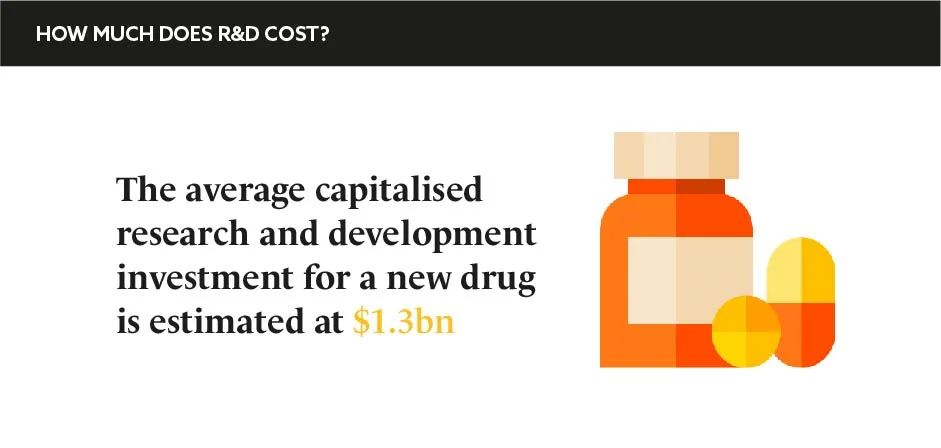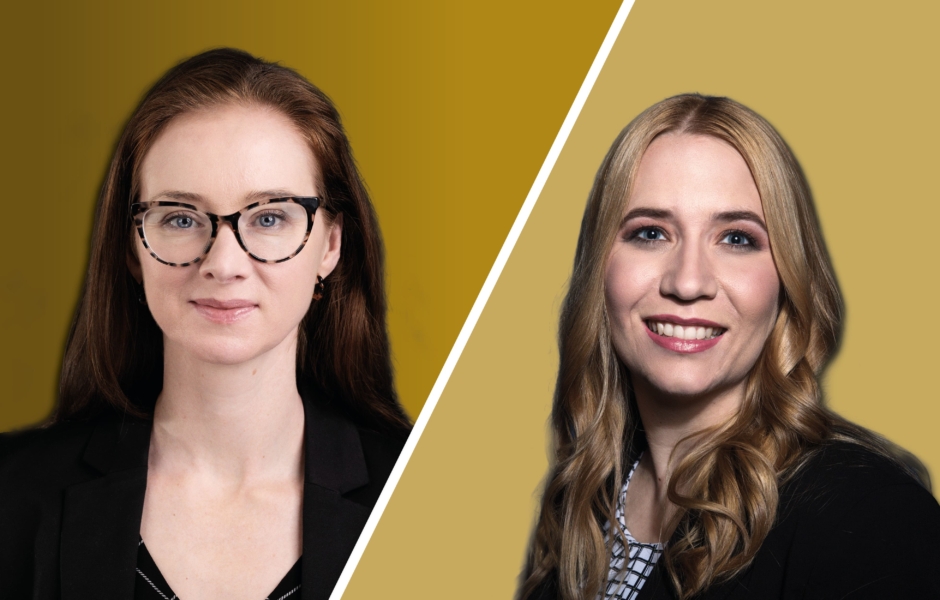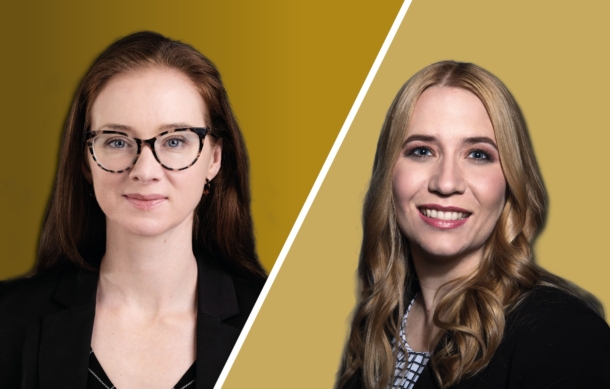Rejection is always painful, but it is particularly agonising to have a drug rejected at the point of regulatory approval. After spending months researching, preparing, manufacturing and quality checking a drug, only to be sent back to the drawing board, how can companies get back into their creationary swing straight away?
Words by Danny Buckland
A signed and sealed drug approval is a landmark moment of glory for innovators and researchers, it holds transformative potential for patients and it is a trampoline for share prices. What better reason would there be to celebrate?
The pharmaceutical industry, which in the US, for example, spends more than $83bn on research and development a year, has been getting better at hitting its regulatory bullseyes with a 60% increase in the number of drugs approved for sale by the FDA between 2010 and 2019 compared to the previous decade, with a peak year in 2018 of 59 FDA approvals. However, away from the seemingly positive evidence of progress lurks the harsh reality for most drug development programmes: many applications end in failure. Expensive failure.
Figures from the BioIndustry Association signpost the decade-long march needed to reach a successful approval, which involves the testing of up to 10,000 drug candidates and a $1bn bill. As R&D executives well know, the process involves pouring resources and funds into a journey that stretches over years. And it’s a journey that may then come to a grinding stop without a drug reaching fruition. The impact can be so ruinous that several firms run incentive schemes for killing off programmes before they can chew the company’s budget. “There is psychology involved here because people are committed to their work and want it to succeed so companies build in economic incentives so projects are killed early,” explains Peter Shapiro, Senior Director, Drugs and Business Fundamentals, Analysts GlobalData. “You do not want people to come into work and not care, but there is a tendency to keep things going because so much has already been invested.”
Bonus schemes are easier to implement at large, diversified companies, but the majority of firms involved in drug discovery are small to medium in size. “Many just have one product that is their lifeblood,” says Shapiro. “There are lots of reasons why a drug fails, and most of them are nothing to do with the quality of the ideas. They can fail for funding issues, clinical trial design or anywhere along the journey outside of efficacy and safety.” He adds: “One avenue open for companies is to repurpose their drugs, and many of them are acquired by other companies that see a different use for them. But a failure is unquestionably a huge blow to smaller companies.”
Joe DiMasi, Director, Economic Analysis, Tufts Center for the Study of Drug Development, is committed to optimising drug development and says that success rates are improving. “But it is a blow when it does not go well,” he admits. “Many industry employees over their careers never work on a drug that succeeds. Working on a drug that makes it to regulatory marketing approval is a big deal.” Joe adds that most companies are resourceful and can redesign clinical trials or refocus on other indications. In other cases, they can pivot away from failure.
Many industry employees never work on a drug that succeeds
When Oxford-based Circassia Pharmaceuticals’ cat allergy immunotherapy missed its primary endpoint in a Phase III trial, the company licked its wounds and moved to become a leading diagnostics and management company in respiratory diseases. “It is clearly a difficult thing for companies, their leadership and investors to deal with,” says Dr Martin Turner, Head of Policy and Public Affairs, BioIndustry Association, which has just reported that a record £3bn was raised by the UK biotech and life science sector in the first three-quarters of 2021. “They have to think carefully about their next steps and sometimes that can be to delve into the data more and understand why the endpoints were not met. Sometimes this can yield a golden nugget of information. It is not automatically the end of the line,” he explains. “Scientists know that science doesn’t always go to plan, but it is still a hugely upsetting time because everyone in this sector wants to develop treatments that help patients.”
Figures from the European Medicines Agency show that out of the new medicines proposed in 2020, 97 received positive opinions and only two received negative opinions. Further to this, only 16 applications were withdrawn. This indicates a trend for more considered drug development programmes that can withstand setbacks. Dr Turner also highlights that numerous new medicines are complex entities so one component failing does not necessarily derail the entire research programme. “Part of the drug might target the right cells, another part might get it into the cell and another will impact gene expression, so you can still use two of those elements if the other fails,” adds Dr Turner. “You can either use it for your own projects or sell or licence the technology to other companies that need a particular action. You can build a business around that.”
Dr Turner concludes that “rejection is always tough, but it is in your DNA as a scientist to confront problems and keep on pushing, and that’s why you need long term, committed investors in the sector”. While a regulatory decision may not always be a cause for celebration, pharma companies must focus on the silver linings to soften the blow.







